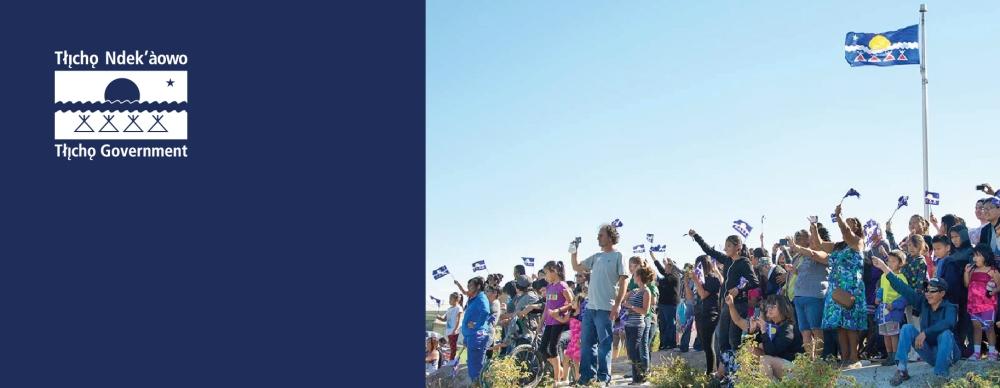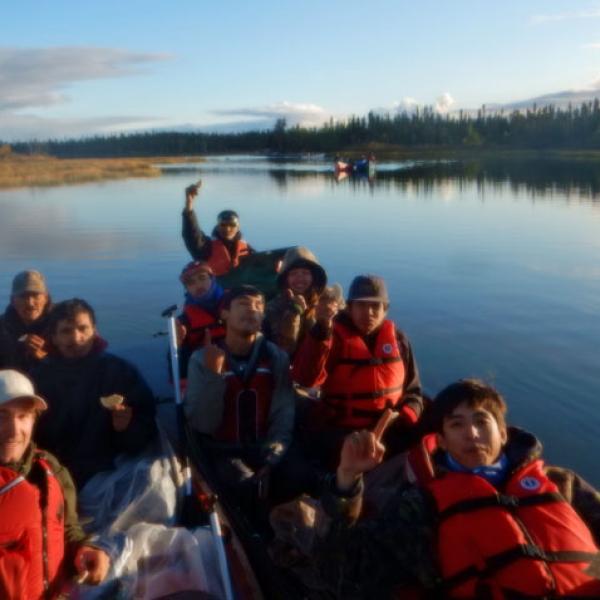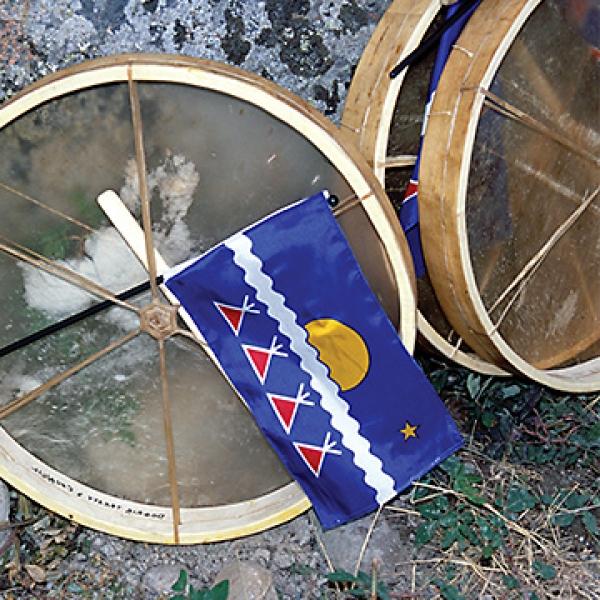The History Behind Tłı̨chǫ Day, August 4
Tłı̨chǫ Day, observed each year on August 4, commemorates the signing of the Tłı̨chǫ Agreement in 2003.
The Tłı̨chǫ Agreement is a historic land claim and self-government agreement between the Tłı̨chǫ people, the Government of Canada, and the Government of the Northwest Territories.
Critical Points in Tłı̨chǫ Day's History:
1. Background:
- The Tłı̨chǫ people, part of the Dene nation, have inhabited the area of the Northwest Territories since time immemorial.
- The Tłı̨chǫ traditional territory spans a large area around Great Slave Lake and Great Bear Lake.
2. Tłı̨chǫ Agreement:
- Negotiations for the Tłı̨chǫ Agreement began in the early 1990s.
- The Agreement established the Tłı̨chǫ Government.
- The Agreement provided the Tłı̨chǫ with ownership of 39,000 square kilometres of land, including subsurface resource rights.
- The Tłı̨chǫ Government has law-making authority in areas such as education, health, and culture.
3. Signing Ceremony:
- The Tłı̨chǫ Agreement was signed on August 4, 2003, marking a significant milestone in the recognition of Tłı̨chǫ self-determination and governance.
- The Agreement came into effect on August 4, 2005.
4. Tłı̨chǫ Day Celebrations:
- Tłı̨chǫ Day celebrates Tłı̨chǫ culture, heritage, and the achievements of the Tłı̨chǫ people.
- Activities often include traditional dances, drumming, feasts, and community events that highlight the rich cultural heritage, knowledge, and traditions of the Tłı̨chǫ.
The annual celebration is a testament to the Tłı̨chǫ people's resilience and the successful negotiation of their land and self-governance rights, ensuring the preservation and promotion of the Tłı̨chǫ language, culture,and way of life for future generations.
2025 will mark the 20th anniversary of the Tłı̨chǫ Agreement.






